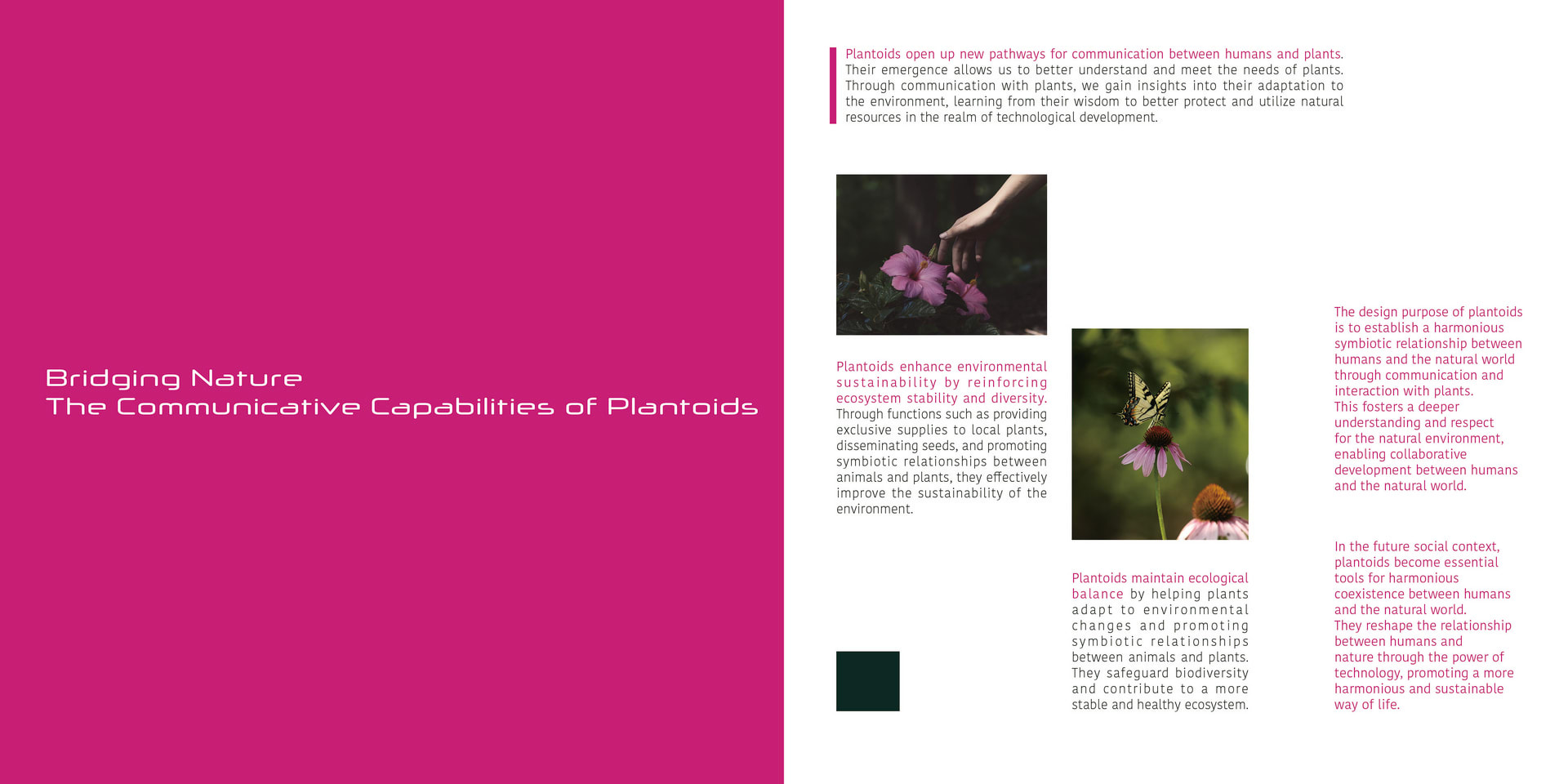Haoyue Lin is a designer from Beijing. Inspired by her interests in interaction, nature, emotions, and storytelling, she views design as a means of capturing moments, much like photography, writing, and music. Her passion for life fuels her enthusiasm for exploring diverse possibilities across different fields in her design work.
Education
2017-2021|Product Design (BA), Beijing University of Technology, Beijing, China
2021-2023|Design Products (MA), Royal College of Art, London, UK













